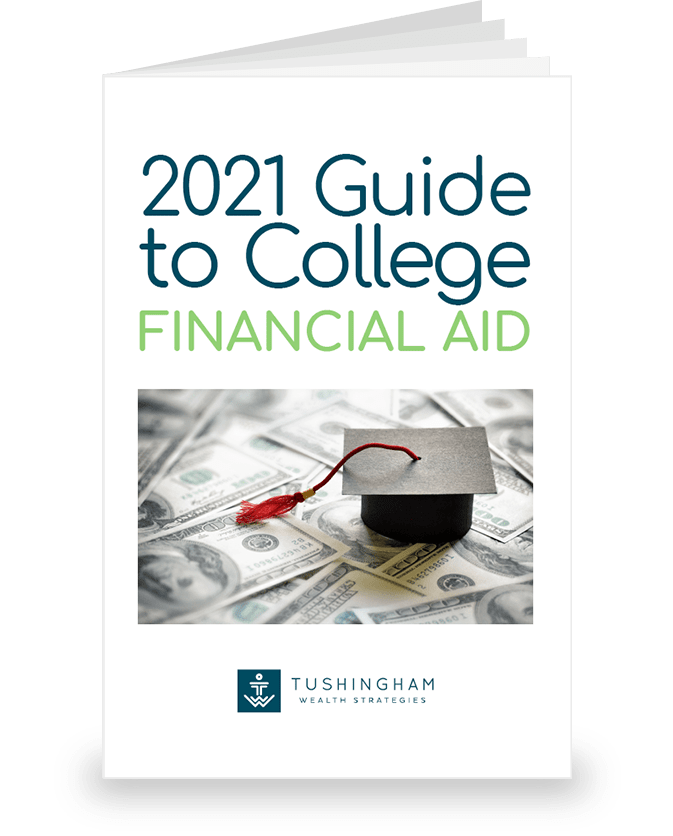Outstanding student loan debt is approaching 1.8 trillion, second only to mortgage debt for consumers. Student loan default rates are almost 11% and the average student loan debt per borrower is $39,351.
These are some eye-popping numbers that should prompt families with college-bound children to take immediate action. For those families who have not saved enough for college, there are still “late-stage” college planning strategies that they can pursue to help pay the bill. The most important one is the filing of the Free Application for Federal Student Aid, better known as FAFSA.
What is it – The FAFSA is a form that will determine a student’s eligibility for federal financial aid (undergraduate and graduate) and is required by any institution that awards federal aid. This type of aid includes federal loans, federal grants, and work-study programs in which students earn money through school employment. Several public and private institutions also use the FAFSA to determine eligibility for their endowment aid which comes in the form of scholarships, grants, and tuition discounts. Additionally, filing the FAFSA is a great point of reference if your financial situation changes for the worse (Health event, job loss..) and you want a school to review your aid eligibility again.
Some families might feel that completing the FAFSA is a waste of time, based on their income or assets, but experts disagree. There are many factors in the financial aid calculation such as the cost of attendance and the number of children in college at once that can increase aid eligibility. Households with over $200,000 in income can qualify for need-based financial aid under certain circumstances.

Download our Free Whitepaper on
Understanding College Financial Aid: Download Now
When should I file – Families can now file the FAFSA as early as October 1st for the following school year. Schools look at the “Prior-Prior” year’s tax information for aid purposes, so a student applying for fall tuition in 2023 will need to provide the family’s 2021 tax information.
Since some aid is first come first serve you should file the FAFSA application as soon as the October 1st window opens. Going forward most families will need to file the FAFSA every year to determine their aid eligibility for the upcoming school year.
What to expect – After filing the FAFSA online, students can expect to receive a Student Aid Report in 3-5 days. Families can check if the application has been processed on the FAFSA website. The schools provided on the FAFSA will receive a similar report.
If the student has already applied and been admitted to a school provided on the FAFSA, they should also receive an award letter from that school shortly thereafter. At that point, it will be important to understand what type of aid the student has received, the contingencies attached to that aid, and how future circumstances might impact the aid eligibility.
The earlier FAFSA filing deadline has now allowed some schools to offer final award letters much earlier than in the past. This will allow students and parents more time to compare the net price of each school and make a more informed decision.
Next steps
Research shows that college grads on average make over 50% more than high school graduates. But at what cost?
Some children, with minimum knowledge of finance, are being asked to assume the equivalent of a mortgage at the age of 18. And parents are taking out loans in their name and selling their retirement assets to help fund the difference.
Parents need to take the initiative and start developing a college planning strategy as part of their overall retirement planning strategy.
Those with young children should begin saving in a college savings vehicle, such as a 529. Once children enter the high school years families should develop a “late-stage” college planning strategy by focusing on college selection, financial aid, tax aid, and wealth management.
The right plan will help students graduate with minimal student loans and help parents protect their assets and income for what they were intended for, their retirement.
